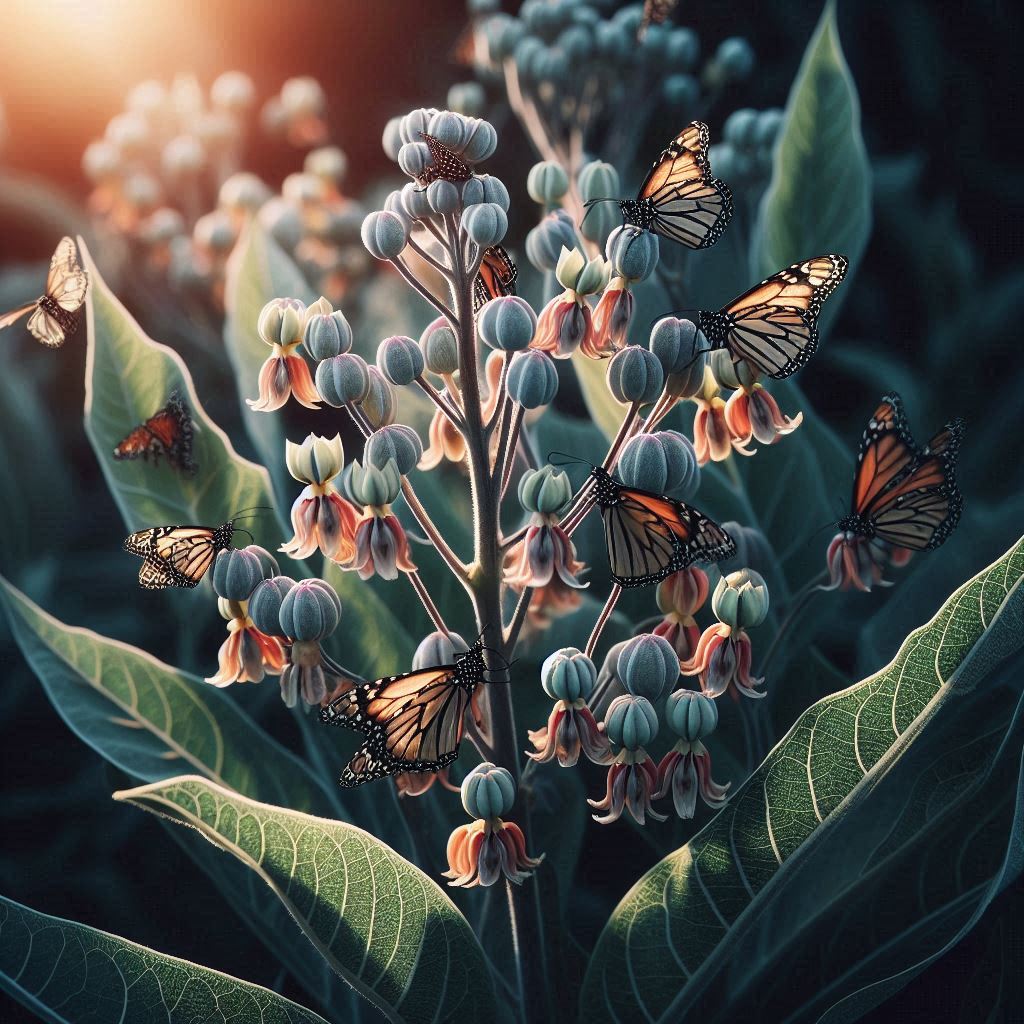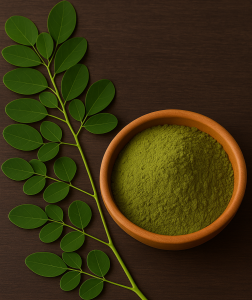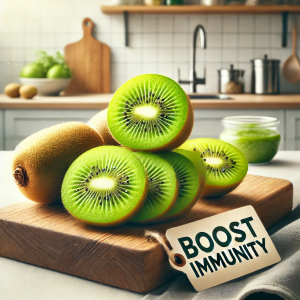Milkweed: The Top Plant to Grow Immediately (Especially If You Have a Stink Bug Problem!)

If there’s one plant to integrate into your landscape, it’s milkweed. Native to North America, various types of milkweed are not only beautiful but also support a wide range of pollinators essential for a healthy food chain that you and I rely on.
Milkweed also serves as a lifeline for monarch butterflies, an iconic North American insect that’s in deep trouble due to toxic pesticide use, climate change, and devastating habitat loss.
Although some people view milkweed as a “weed,” the truth is it provides more ecological benefits compared to many common alien plant species that originated in other countries. For starters, milkweed species even help keep pesky bugs at bay, and some species are part of an essential tradition of healing in Native American history.
The landscape in the U.S. today is vastly different from the biologically diverse terrain that indigenous people foraged on centuries ago. In present-day America, the stray milkweed plants that once grew in and around farm fields and wild meadows have been annihilated by chemical pesticides. For example, Iowa State University researchers found a direct correlation between the use of glyphosate, the main ingredient in Roundup, and the decline in monarch butterflies that rely on milkweed to reproduce. We have GMO technology to thank for that.
In just the last two decades, we’ve seen a nearly 90 percent decline in monarch populations. A group of U.S. researchers identified glyphosate as one of the main driving factors. We’re not immune to exposure either. In 2014, Norwegian research detected “high” levels of the herbicide in U.S. soy that often ends up in our food supply.
With that in mind, growing milkweed in your yard and promoting milkweed plantings in your community’s housing developments, playgrounds, parks, school properties, and roadside areas is more important than ever because so much is at stake.
Interesting Milkweed Facts
Given the complex, overwhelming relationship between butterflies, monarch migration, and milkweed, it sometimes feels like it’s out of our control. Nothing could be further from the truth!
Not only does milkweed build stronger biodiversity in your community and beyond, but it can also help bring communities together. Here are a few interesting milkweed plant facts:
- Swedish botanist Carl Linnaeus named the genus after Asclepius, the Greek god of healing.
- Sometimes called the “silk of America.”
- American milkweeds are a crucial source of nectar for native bees and wasps.
- During World War II, milkweed “floss” found in seed pods was used as a substitute for kapok.
- Today, it’s grown commercially and used as a hypoallergenic filling for pillows and winter coat insulation.
- Milkweed feathers are sometimes used to clean up pollution created during oil spills.
- Milkweed has been used on the tips of arrows because it contains a toxic compound called cardiac glycoside.
- Handling milkweed can cause mild dermatitis.
A History of Milkweed Uses & Natural Remedies
An article from the Old Farmer’s Almanac highlights some ways common milkweed was traditionally used:
- In the past, common milkweed was used as a natural remedy by some Native American tribes.
- Native people reportedly taught European settlers how to properly cook common milkweed to deactivate its poisons.
- The white sap of common milkweed was used to remove warts.
- Common milkweed roots were once chewed to cure dysentery.
- Properly prepared root and leaf infusions were taken as a treatment for asthma, cough suppression, and typhus fever.
Benefits of Milkweed
Pest Control, Including Stink Bugs: Milkweed can actually make your life easier in the garden. A Washington State University study investigating the pest-control aspects of the plant turned up some fascinating findings:
- Milkweed is a cheap and simple way to support pollinator health and control pests.
- Native milkweed plants attract beneficial insects like parasitic wasps, carnivorous flies, and predatory bugs that suppress common pests like aphids, leafhoppers, thrips, and even stink bugs.
Another study highlighted a Georgia peanut farm that successfully used milkweed plantings to increase tachinid fly numbers. Why would you want these insects? They act as parasites to pesky stink bugs, providing less expensive, chemical-free pest control.
Helps Clean Up Fossil Fuel Companies’ Messes: The “silk” found in milkweed pods is often used to help absorb contaminants during oil spills. Interestingly, milkweed seed pod fibers absorb more than four times the amount of oil compared to the plastic-based materials currently used for oil spill cleanup tasks. Encore3, a Canadian company, created milkweed fiber-based kits that absorb 53 gallons of oil at a rate of .06 gallons per minute. How does that cleanup rate compare to the polypropylene products on the market? It sponges up spilled oil twice as fast.
Answers to Common Milkweed Questions
What Does Milkweed Look Like? If you’re asking yourself, “What does milkweed look like?” and looking for pictures of it, I recommend checking out Monarch Watch’s photo guide. For many, milkweed is a beautiful addition to the garden in its own right, producing some of the most complex flowers in the plant kingdom.
What is the Best Type of Milkweed for Monarchs? The National Wildlife Federation identified these 12 species as the best to plant for monarchs. Check out this breakdown to see milkweed pictures and the native range of each plant. That’ll help ensure it’s the right milkweed for your state and conditions.
- Common Milkweed (Asclepias syriaca)
- Butterflyweed (Asclepias tuberosa)
- Swamp Milkweed (Asclepias incarnata)
- Antelope-Horns Milkweed (Asclepias asperula)
- Purple Milkweed (Asclepias purpurascens)
- Showy Milkweed (Asclepias speciosa)
- California Milkweed (Asclepias californica)
- White Milkweed (Asclepias variegata)
- Whorled Milkweed (Asclepias verticillata)
- Mexican Whorled Milkweed (Asclepias fascicularis)
- Desert Milkweed (Asclepias erosa)
- Green Milkweed (Asclepias viridis)
To find native milkweed seeds suitable for your area, check out this handy tool from the Xerces Society for Invertebrate Conservation.
Can You Eat Milkweed? Some people claim that parts of the common milkweed species are edible, but you need to prepare them in a specific way to deactivate the toxic components of the plant. Farmers know the toxic parts of the plant all too well. Cardiac glycoside compounds found in the plant pose a threat to sheep, cattle, and even horses. Animals affected by milkweed poisoning can die due to an electrolyte imbalance that disrupts normal heart muscle functioning. The result? Arrhythmias and heart failure.
Animals poisoned by milkweed sometimes show the following symptoms:
- Depression, weakness, and staggered gait
- Difficulty in breathing with expiratory grunting sounds
- Dilation of pupils
- Rapid, weak pulse or other cardiac arrhythmias
- Loss of muscular control
- Increased temperature
- Violent spasms
- Bloating
- Respiratory paralysis
- Congestion of visceral organs
- Renal tubular degradation and necrosis
- Gastroenteritis
But let’s get back to humans. Is milkweed toxic to people? A 2013 case study published in the Journal of Medical Toxicology outlines the story of a 42-year-old man who ate fried milkweed pods and later experienced elevated digoxin levels in the blood. While the man’s main symptom that prompted him to call a poison control center was nausea, blood testing revealed that the cardioactive steroid levels found in milkweed did affect his digoxin levels. In other words, it did impact his heart, but he didn’t seem very sick and didn’t report other issues.
I really enjoyed the Ann Arbor News article, “You Can Eat Common Milkweed, But Should You?” It highlights that some experienced foragers like to enjoy the young shoots, buds, and small pods of common milkweed (Asclepius syriaca). However, the article says to safely deactivate toxicity from these edible parts, you must boil them in water for two to three minutes, change the water, and boil again for another two to three minutes. (And then repeat that two more times. In essence, you’re looking at three to four water changes.) According to the article, when the plant turns a brighter green and is tender, it’s ready to eat. Do not attempt to eat any part of butterfly weed (Asclepias tuberosa) pictured in this article or a lookalike called dogbane.
Considering that milkweed starts as a toxic plant and since monarch butterflies desperately need common milkweed plants to survive, you might want to consider leaving it alone to serve its purpose in the ecosystem.
Final Thoughts on Milkweed
- Native milkweed plants are crucial to help the monarch butterfly population in North America.
- A nearly 90 percent crash in the monarch butterfly population is largely blamed on the herbicide glyphosate, which kills milkweed that once grew freely in farm fields.
- Farmers and gardeners are starting to plant more milkweed because it attracts beneficial insects that prey on pests like aphids, leafhoppers, thrips, and even stink bugs.
- However, milkweed does contain compounds toxic to humans (and even more toxic to livestock).
- Some experienced foragers eat certain parts of the common milkweed species (be careful: do not attempt to eat butterfly weed or the lookalike dogbane).
- I personally don’t forage for common milkweed. I prefer to leave it for the local bees and butterflies that desperately need it.
- Native people reportedly used common milkweed to help reduce symptoms of asthma, coughing, warts, dysentery, and more. However, they knew how to properly use and prepare the plants to reduce toxicity.
- Milkweed contains cardioactive steroids that can affect levels of certain heart biomarkers in the blood.
Consider making part of your yard a monarch waystation to promote a more biodiverse backyard. Imagine the impact if everyone did this!.




